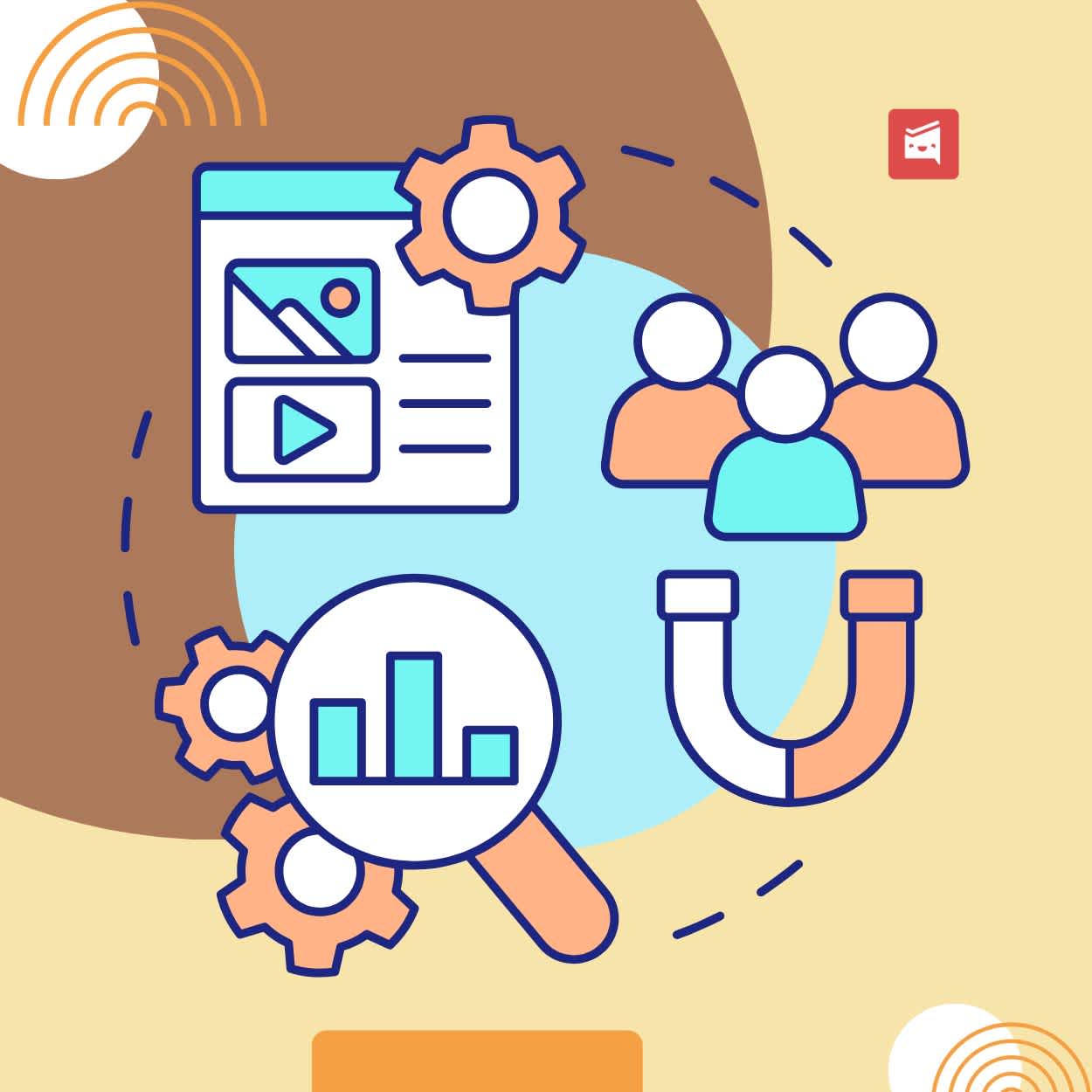What's the Difference Between Lead Gen and Demand Gen
ByJulian Gette
Workast publisher

Workast publisher
Okay so you keep hearing people throw around "lead gen" and "demand gen" like they mean totally different things, but honestly, aren't they basically the same? Like, you're trying to get customers either way, right?
Lead generation strategies are definitely all about bringing in potential clients or customers, but where does demand generation actually fit into all this? And how are these two things different if they're both trying to grow your business?
If you've ever just lumped them together and called it marketing, you're absolutely not alone. Most people do exactly that because the terms sound similar and they both involve getting people interested in what you're selling.
But here's the thing - while they definitely work together in your overall marketing strategy, lead gen and demand gen actually serve pretty distinct purposes and require completely different tactics to be effective.
Here's where things can get messy if you're not careful. Your marketing team might be cranking out amazing demand gen content while your sales team is wondering where all the qualified leads are. Or maybe your lead gen campaigns are working great, but nobody's following up quickly enough because the handoff process is chaos.
That's where project management tools like Workast come in handy for keeping everyone on the same page. You can set up workflows that automatically assign follow-up tasks to sales reps when new leads come in, or create recurring reminders for the marketing team to check on long-term demand gen campaign performance.
The key is having visibility into what both teams are working on so you can see how demand gen activities are feeding into lead gen results over time. When everyone can track progress on both types of campaigns in one place, it's way easier to spot when something's not working and adjust the strategy before you waste a bunch of time and budget.
Demand gen focuses on creating awareness and interest way before someone is actually ready to buy anything from you. Think of it as planting seeds that might grow into customers months or even years later.
It's all about building trust, visibility, and brand authority over time instead of trying to get immediate sales. You're basically making people aware that problems exist and that solutions exist, without necessarily pushing your specific solution right away.
The tactics include stuff like educational content, thought leadership pieces, webinars, podcasts, and genuine social media engagement where you're actually helping people instead of just trying to sell them stuff.
The whole goal is to be the first name people think of when they eventually do need what you're offering, even if that's not today or tomorrow.
Lead gen kicks in after interest has already been created - it's about converting that existing attention and awareness into actual contact information you can use to follow up.
This involves things like contact forms, gated content downloads, email opt-ins, and super clear calls to action that tell people exactly what to do next if they want to learn more.
The goal here is pretty simple - capture contact info from people who are actively considering a solution to their problem and are ready to at least talk about it with someone.
Lead generation assumes that people already know they have a problem and are actively looking for ways to solve it, so you're catching them at that moment when they're ready to take action.
Demand gen tools are things like blog content, YouTube videos, organic social media posts, SEO visibility, and event marketing. Basically anything that gets your expertise and brand in front of people without asking for anything in return.
Lead gen tools are more direct - landing pages, lead magnets like free guides or checklists, CRM systems, and paid ads that are specifically designed to get people to convert and give you their contact info.
Think of it this way - demand gen nurtures a broad audience to build awareness, while lead gen focuses tightly on converting people who are already interested into actual prospects you can follow up with.
They're honestly both important, but they require totally different approaches and content to be effective.
For demand gen, you're looking at impressions, reach, time spent on your content, video views, and how often people are searching for your brand specifically. These show whether you're building awareness.
Lead gen metrics are way more direct - form submissions, email signups, booked calls, and conversion rates. Basically, how many people are actually raising their hand and saying they want to hear from you.
Mixing up these metrics is where a lot of marketing efforts go wrong because you end up with misaligned campaigns and unrealistic expectations about what each type of content should accomplish.
You can't judge demand gen content by lead gen metrics and vice versa, or you'll think stuff isn't working when it's actually doing exactly what it's supposed to do.
Demand gen warms up your audience over time, so when you eventually do offer something like a free consultation or downloadable guide, people already know who you are and trust that you know what you're talking about.
Strong demand generation actually shortens your lead generation cycle and improves the quality of leads you get because people are already somewhat familiar with you before they convert.
The best marketing strategies honestly blend both approaches for full-funnel effectiveness instead of just focusing on one or the other and wondering why results are inconsistent.
Without demand gen, your lead gen efforts have to work way harder because you're trying to convert complete strangers who've never heard of you before.
SEO actually bridges both demand gen and lead gen really well when you do it right. High-quality content brings in organic traffic, which is demand generation, and then you can nurture that traffic into leads with strategic calls to action.
A smart SEO content strategy targets keywords that match both the awareness stage and the action stage of your customer journey, so you're covering the whole funnel.
For example, a blog post about "how to choose a lawyer" drives demand by educating people, while a downloadable legal checklist on that same page captures leads from people who are ready to take the next step.
This is honestly why content marketing and SEO work so well together - they can serve both purposes depending on how you structure and promote the content.
Understanding the difference between lead gen and demand gen isn't just marketing jargon that sounds impressive in meetings. It's actually essential for building a strategy that both attracts people and converts them into paying customers.
One builds the buzz and awareness over time, while the other captures the business from people who are ready to buy. When you pair both approaches with smart content and SEO tactics, they work together to grow your pipeline with actual purpose instead of just throwing marketing stuff at the wall and hoping something sticks.
